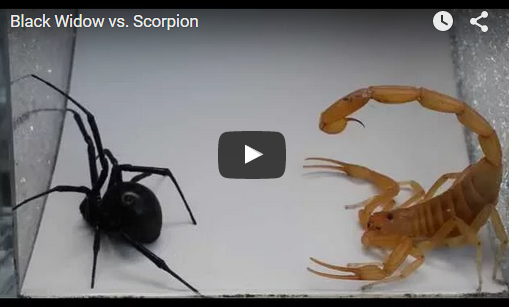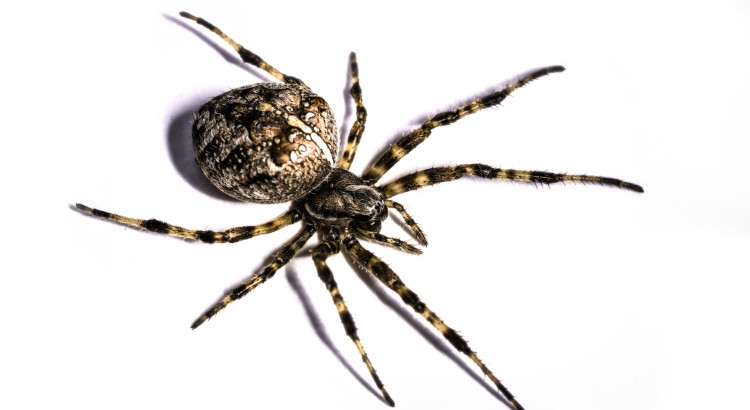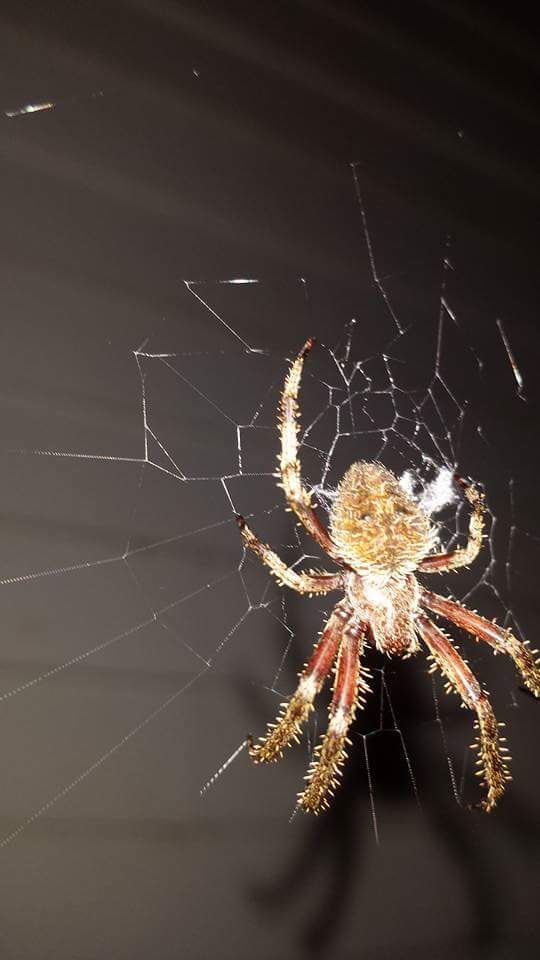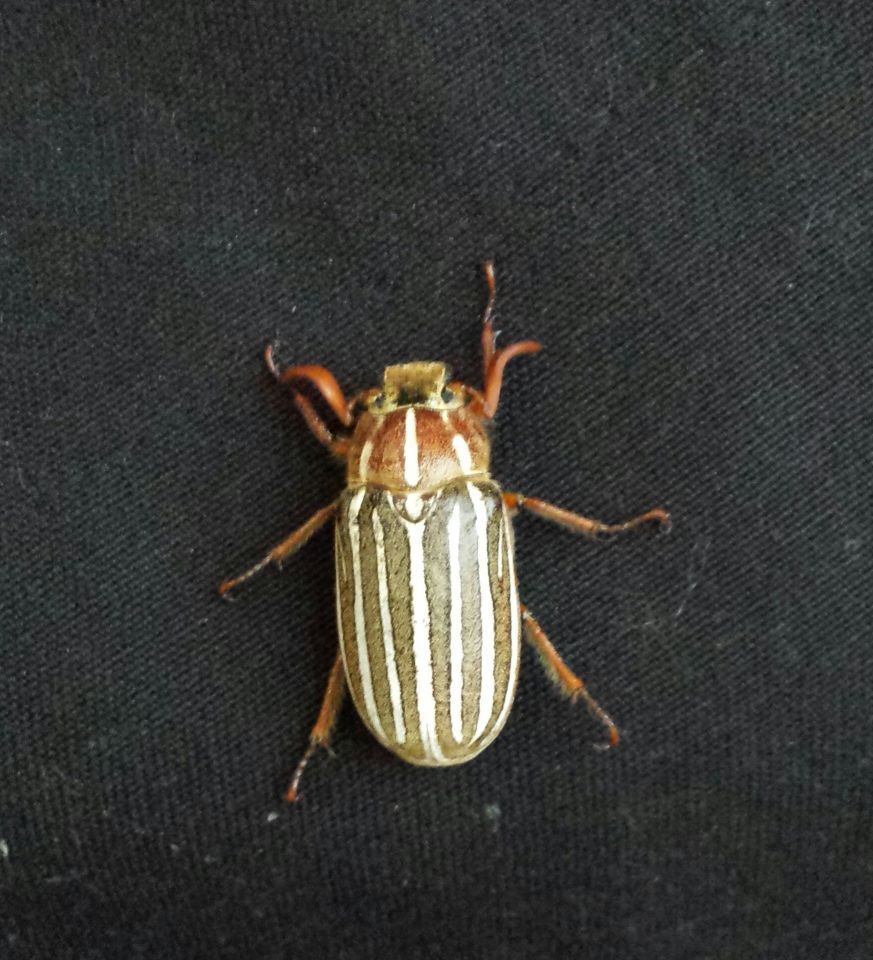So we’re always looking for ways to stay on top of insect identification. Definitely if you’re a gardener, a mom with kids, or a curious camper. And with millions of bugs, that’s not easy. Until now.
While many go old school and use the bug book and guides, which is still good to do. There are resources online also that help us with the process. Including apps also, but most of those cost. So that’s why we conducted a list that’s free to use.
Let’s go ahead and list those.
The Top 3 Ways To Get Insect or Spider Identification
1. Use Pestpro the website

Pestpro is the newest but yet the quickest way to receive an insect identification. You simply upload an image to the site and wait for an ID from a highly qualified identifier. These guys have degrees in Entomology with years of experience (some have 20+ years plus). It’s got to be the easiest way out there. But don’t get us wrong, there is other great ways also.
2. Use Bugguide

Bugguide is the largest database out there with all the images. Not as quick as Pestpro for an identification, but the information is there, almost everything you would need to know.
It’s very accurate though and you’ll find millions of images. It was launched in 2003 and they have uploaded lots of good information there. It’s considered the largest bug library out there.
3. Use Facebook Or Reddit Groups


These groups do well when it comes to engagement and socializing with people who have passed experience with your bug. Most times you’ll get your bug identified also. Coolest things about these groups is the experience these guys have with the insect itself and how they approached it. The likes and pluses help you determine the best answer. Here’s also another Facebook you may want to use also: Bug Identification Group and Spider Enthusiast and Spider, Bugs & Bites In The USA. These places are accurate also as more engagement get’s involved because pros usually hang around to get make sure of accuracy.
If you’re worried about language I hardly ever, if any, see anything like in these places. Which is good. I use a filter also to help with that on Chrome which helps filter words (just in case you need that:)
Note: The biggest thing you can do to help your accuracy of image, and the speed of it all, is to have location. Make sure your image is not blurry and that it has all major parts within image such as:
1. Head
2. Abdomen
3. Wings
4. Antennas
Hope this help with your identification quest and that you find all your questions answered soon with one of these websites!








